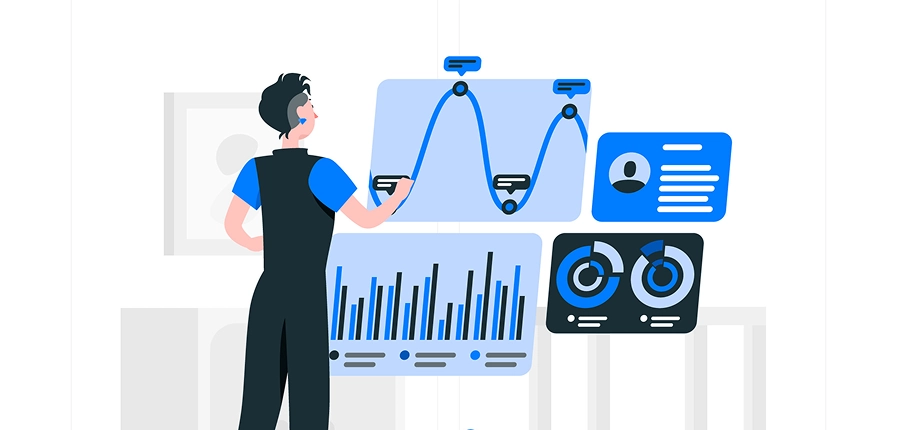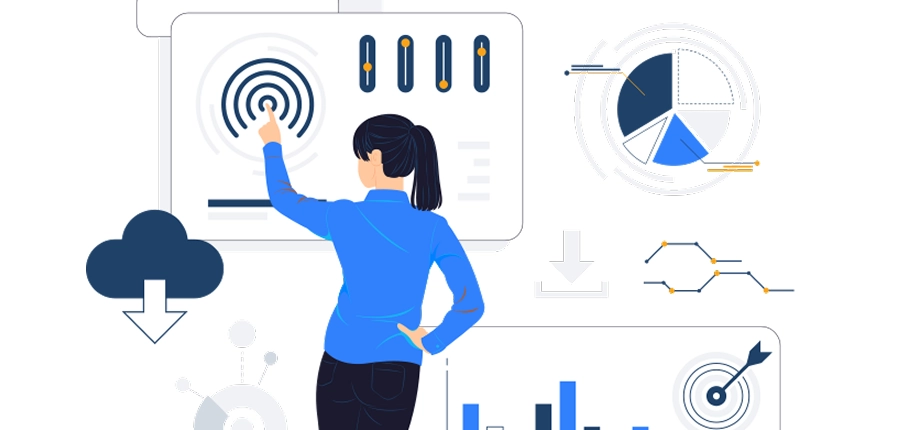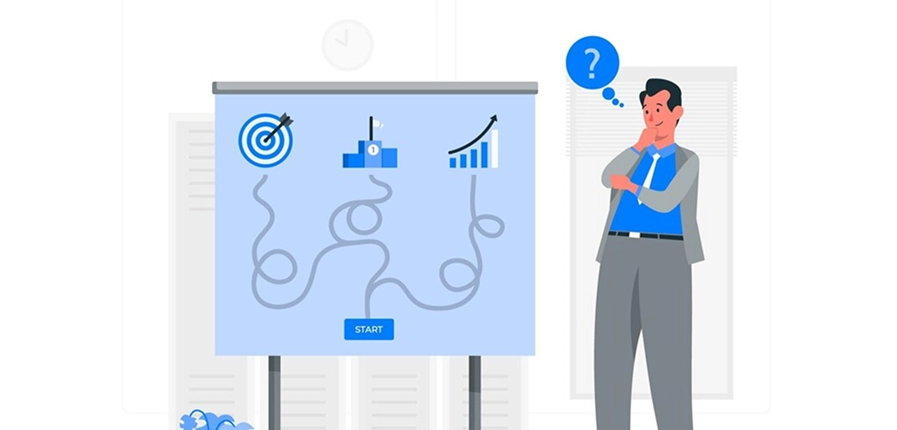24/7 access - study
when it suits you
Experienced experts - learn
from practicing professionals
from practicing professionals
Practical assignments -
work with real cases
work with real cases
Self-paced - no
strict deadlines
strict deadlines
From anywhere in the world -
no geographical restrictions
no geographical restrictions
Certificate - get
proof of your skills
proof of your skills























